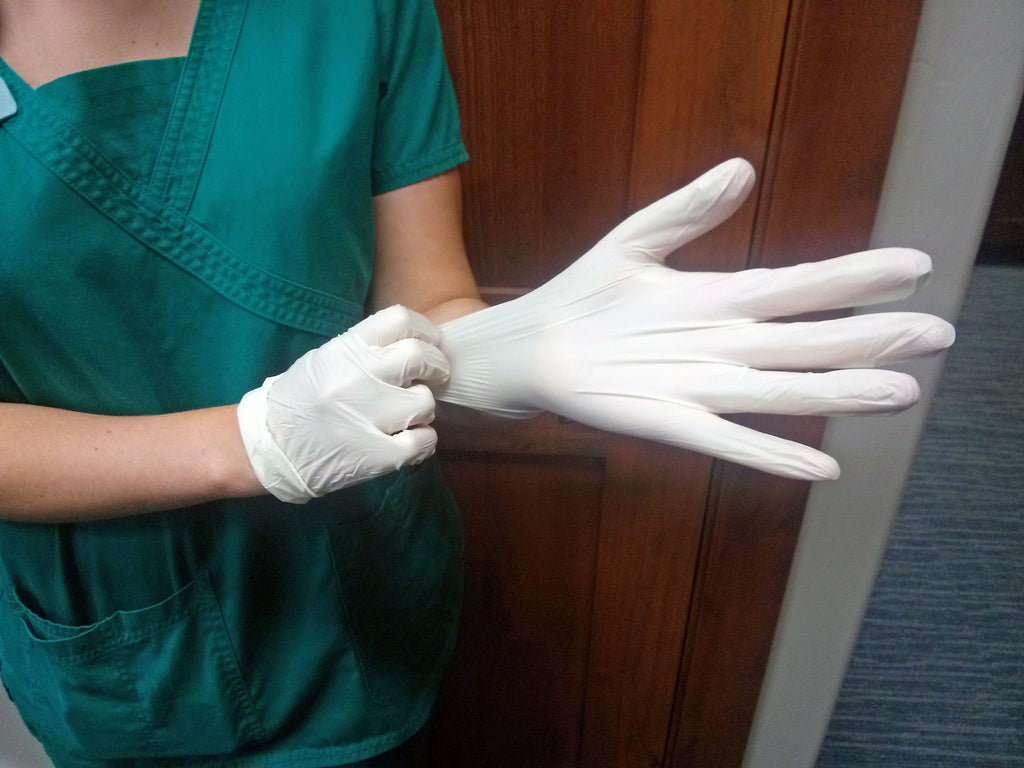Latex Allergies: Risk Factors, Symptoms, Types and Preventing or Controlling Attacks
Latex allergy is described as a reaction of the immune system to protein found in rubber latex. Being allergic to latex can be deadly for some people while others may be able to control the symptoms through proper medical attention.
Where is Latex Found?
Latex can be found in numerous products since it is a primary component of many medical as well as dental supplies.
Common household products also contain latex which can cause serious problems especially during prolonged exposure.
Here are some of the common household items which contain latex:
- Baby bottle nipples and pacifiers
- Clothing items such as rain coats and underwear
- Diapers
- Sanitary napkins
- Toys
- Condoms and diaphragms
- Paints
- Handles on tools and sports equipment like sports rackets
- Switches and buttons on electronic devices
- Bandages
- Carpet backing
- Rubber bands
- Balloons
Risk to Health Workers
Since latex is commonly present in medical or dental supplies, research have shown that about 5% up to 10% of health care workers are affected with latex allergy. Unfortunately, doctors can’t really determine the cause of this type of allergic reaction. Some studies have at least pointed out that the allergy occurs when a person comes in contact with latex products after an extended period of time.

Additional Risk Factors
Although health workers are more at risk of being exposed to latex, other people who share these characteristics will most likely experience latex allergy as well:
- Asthmatic
- Eczema or certain kinds of pre-existing allergies
- Defect with bone marrow cells
- Had undergone more than one medical related surgical operation
- Allergic to chestnuts, avocados, kiwis or bananas
- Deformed bladder or urinary tract
- Wears a urinary catheter with a rubber tip
Types of Latex Allergies
Latex Hypersensitivity
This is the most serious allergic reaction. It can start as a nasal allergy coupled with symptoms that are similar to hay fever. Other symptoms include severe itching, conjunctivitis or pinkeye, hives or cramps. Other patients may experience life-threatening symptoms like tremors, rapid heartbeat, trouble breathing, chest pain, severe allergic reaction or low blood pressure.
Allergic Contact Dermatitis
This condition is described as a delayed reaction to additives used when processing latex. The reaction can be more severe and may also spread to other parts of the body. The symptoms are expected to last longer too, which means that immediate medical attention is needed.
Irritant Contact Dermatitis
This condition is the least threatening and is not actually an allergic skin reaction. It happens because of repeated exposure to chemicals found in latex gloves. It can lead to itching, dryness, scaling, burning and skin problems.
Tips to Prevent or Control Latex Allergy Attacks
If you are have been diagnosed with latex allergy, then your best defense is to keep away from products that are generally made of latex. Avoiding latex products can be quite tricky for people who work in the medical field but fortunately, there are now special gloves that do not contain latex.
It is also advisable to stay away from areas in your workplace wherein latex is frequently used. People who are highly sensitive to latex must wear a medical alert bracelet so others will be made aware of their condition.
Your doctor will most likely prescribe EpiPen or epinephrine if you are diagnosed with severe allergic reaction to latex. Always keep this medication handy for severe cases.
For children who are highly sensitive to latex
Inform the school that about the child’s allergy to latex. Make sure that teachers, daycare workers and other authority figures within the educational institutional are aware of their condition. It is also advisable to inform your child’s medical or dental workers of their condition so they will be able to adjust accordingly.
Educating your children with latex allergy is also a must. Teach your children not to play or touch items that are made of latex. Toys should be carefully selected too. Choose those that are made up of safe materials. Always take the time to check the packaging of each toy or other products your kids use to see if latex and other similar materials are present.
Serious Symptoms
If you are responsible for anyone with known latex allergy, here are serious symptoms to look out for:
- Confusion
- Fainting or dizzines
- Difficulty swallowing or breathing
- Symptoms of shock such as weakness, cold and clammy skin or shallow breathing
- Stomach cramps
- Vomiting or diarrhea
Call 911 or your local emergency number right away if you or someone you know is experiencing the symptoms mentioned above. It is always better to be safe than sorry.








